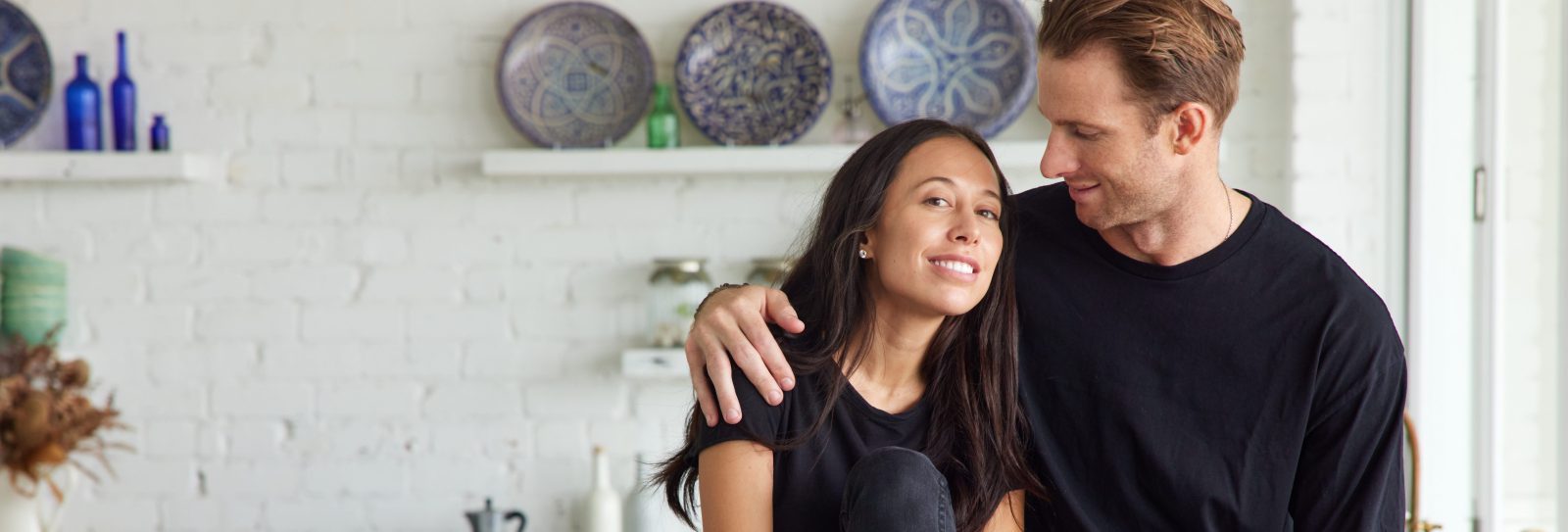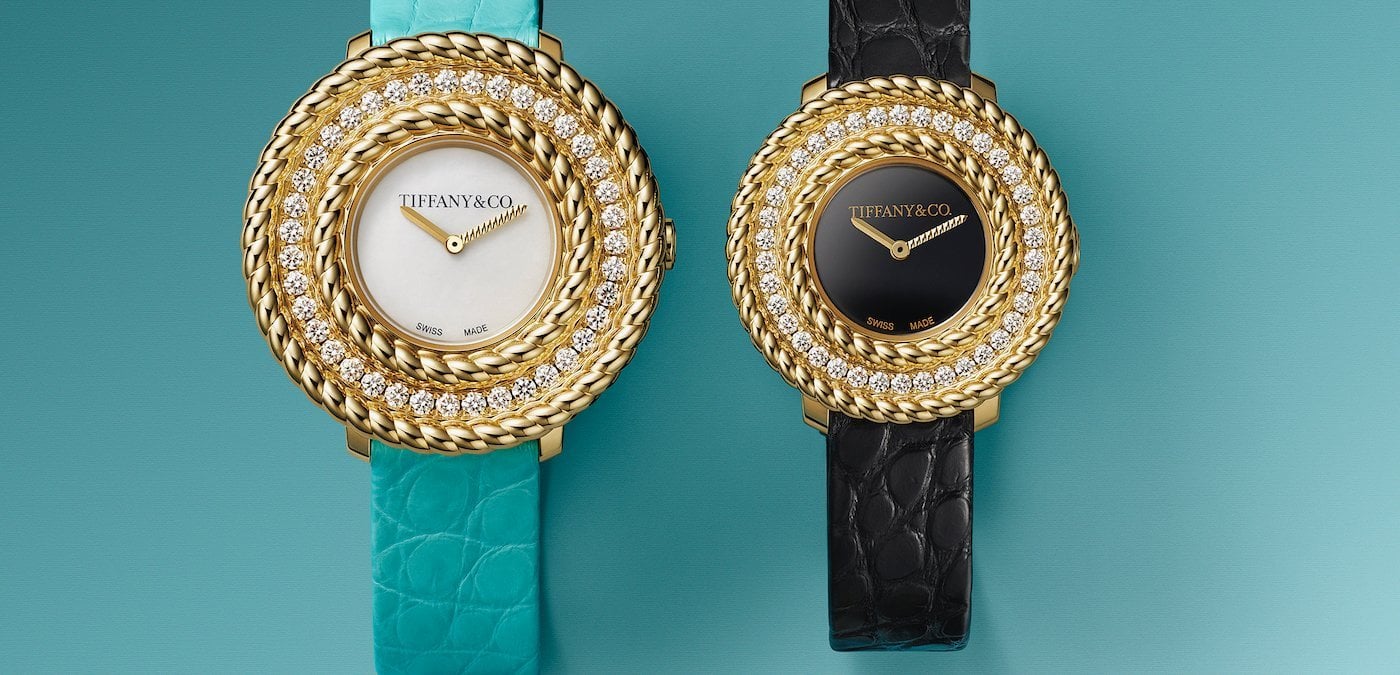After suffering a 33% price-drop from their 2022 all-time-high, natural diamonds are in a bit of a funk. Their lab-grown counterparts, however, and the businesses that sell them, are experiencing high demand.
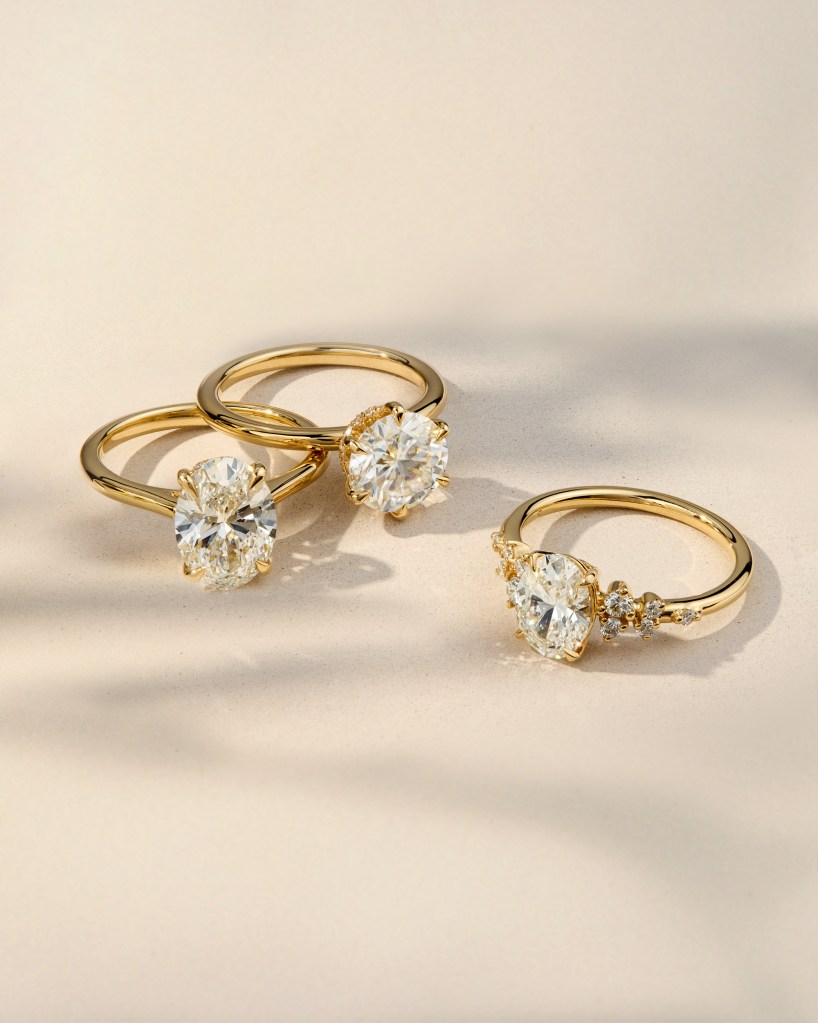
It’s about 2016 and Jordan Cullen is looking to propose to his then-girlfriend, but he’s fresh out of university and the kind of ring she wants is not the kind he can afford. He needs an alternative.
“Moissanite is something I was interested in, and I found a supplier overseas because it was difficult to find in Australia at the time,” he says. “Then we quickly discovered lab-grown diamonds were also a good alternative, and the price was coming down a fair bit making them a lot more affordable.”
Cullen was working with an Australian jeweller to craft a ring for his now-wife, when the business management grad had an idea: “I asked him, if I can market some [moissanite and lab-grown diamond] engagement rings, will you make them for me?” And that was the genesis of Cullen Jewellery, a now six-year-old lab-grown diamond jeweller based in Melbourne, with shopfronts also in Sydney, Brisbane and Perth – and soon, Adelaide.
Lab-grown diamonds have the same physical, chemical and optical characteristics as natural diamonds, and are graded the same way (according to the four Cs of cut, clarity, carat and colour). Instead of being mined from the earth, they are developed by scientists who replicate the same conditions needed to form a diamond in a lab setting.
Cullen says the main draw-card of a lab-grown diamond is its significant price difference.
“A mined diamond is exponentially more expensive as it gets larger and clearer, because they are rarer,” he says. “For a 1.5 carat lab-grown diamond, you may be looking at $2,500 for a really good stone. For a mined alternative, you could be looking between $20,000 and $25,000 for a stone of the same quality. If we jump to three carats, a lab-grown may increase to about $5,000 or $6,000, and a mined stone would be worth several hundred thousand.”
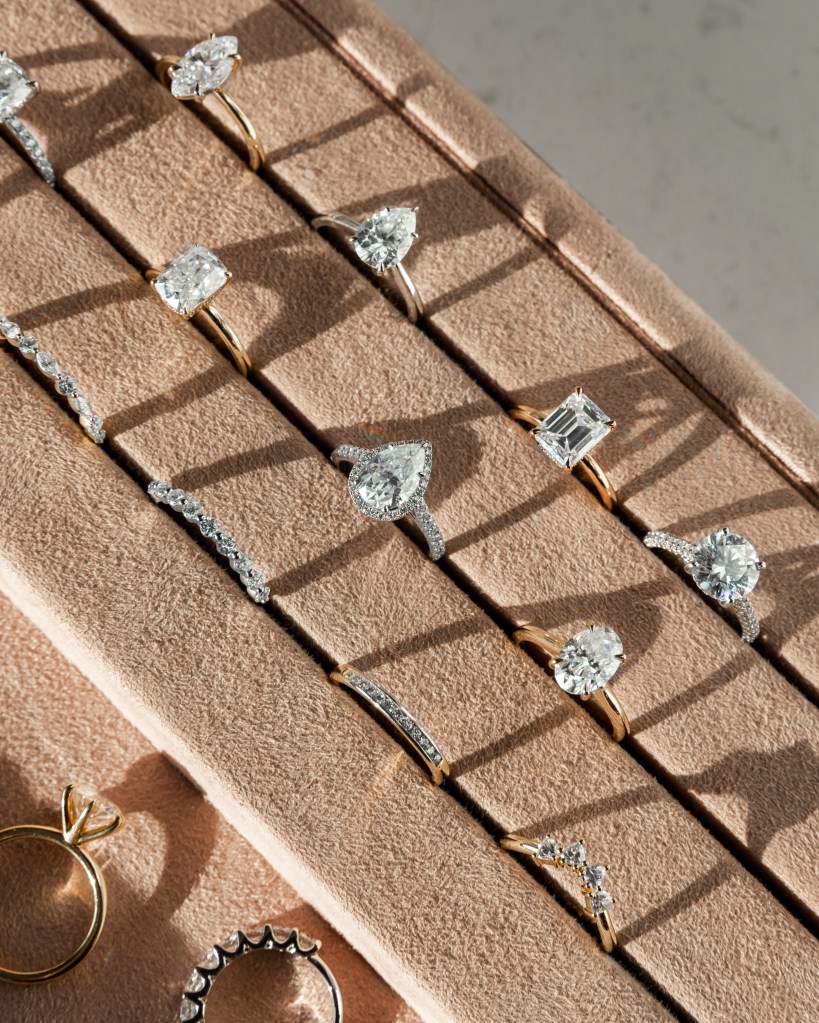
The company has also seen success among customers who are looking for an ethical alternative to mined diamonds. And interest is growing: in the 2023 calendar year, the company says it saw revenue growth of 400% year-on-year, and current year-on-year revenue growth is 60%.
That’s in line with the growth in the wider lab-grown diamond market, which is projected to be worth US$59.2 billion (AU$90 billion) by 2032, growing at a compound annual growth rate of 9.6%, according to Allied Market Research. Statista research suggests the market volume is expected to reach about 19.2 million carats by 2030, up from 7.5 million in 2021.
Related
This growth is threatening the success of the natural diamond market, which peaked in 2022. In June that year, diamond miner De Beers was charging about US$1,400 per carat for select diamonds. Now, the diamond market is down roughly 33% from its all-time-high, according to the Ziminsky Global Rough Diamond Price Index.
“The diamond market remains weak after a torrid couple of years post the 2022 market peak,” Emanuel Datt, CIO at Datt Capital, says.
“Broadly, lower-specification diamond categories and cuts have suffered the most with only larger, investment grade diamond specifications holding firmer. This reflects a flight to quality in a weak market overall, and reflects the consumer shift away from natural diamonds.”
And Datt says capital markets are noticing a broader shift in consumer preferences towards more affordable, lab-grown diamonds.
“It’s an uphill battle when lab-growns have both ethics and price going for them. That’s always going to be difficult to compete with.”
Jordan Cullen, founder, Cullen Jewellery
“This is evidenced by the disproportionate price drop in consumer grade diamond categories. Diamond demand can be volatile depending on consumer sentiment and economic conditions; both which have been consistently negative since 2022,” he says.
And De Beers is feeling the pinch. In its 2024 update, De Beers said it had sold US$380 million worth of rough diamonds in its fourth sales cycle, compared to US$446 million worth during the previous cycle. It also lowered its production guidance for the 2024 full-year to between 26-and-29-million carats, compared with its initial guidance of between 29-and-32-million carats, in response to higher-than-average levels of inventory in the market.
In its May update, mining company Anglo American also revealed it was divesting or demerging from De Beers to “improve strategic flexibility”.
Cullen says it’s the beginning of the end. He estimates 70% to 80% of engagement rings sold are lab-grown these days, and even natural diamond purists are changing their tunes.
“It’s moving across the market like a wave – there are hardly and jewellers these days that would only sell natural diamonds,” he says.
Then there are other retailers, like Swarovski, that are capitalising on the trend. The jeweller launched its Created Diamonds collection in Australia and New Zealand in July, after a successful run throughout the United States and Canada. But that could be construed as a little late to the trend; Pandora launched Pandora Brilliance, its first lab-grown diamond collection, back in 2021 into the UK, and then through other key markets in 2022.
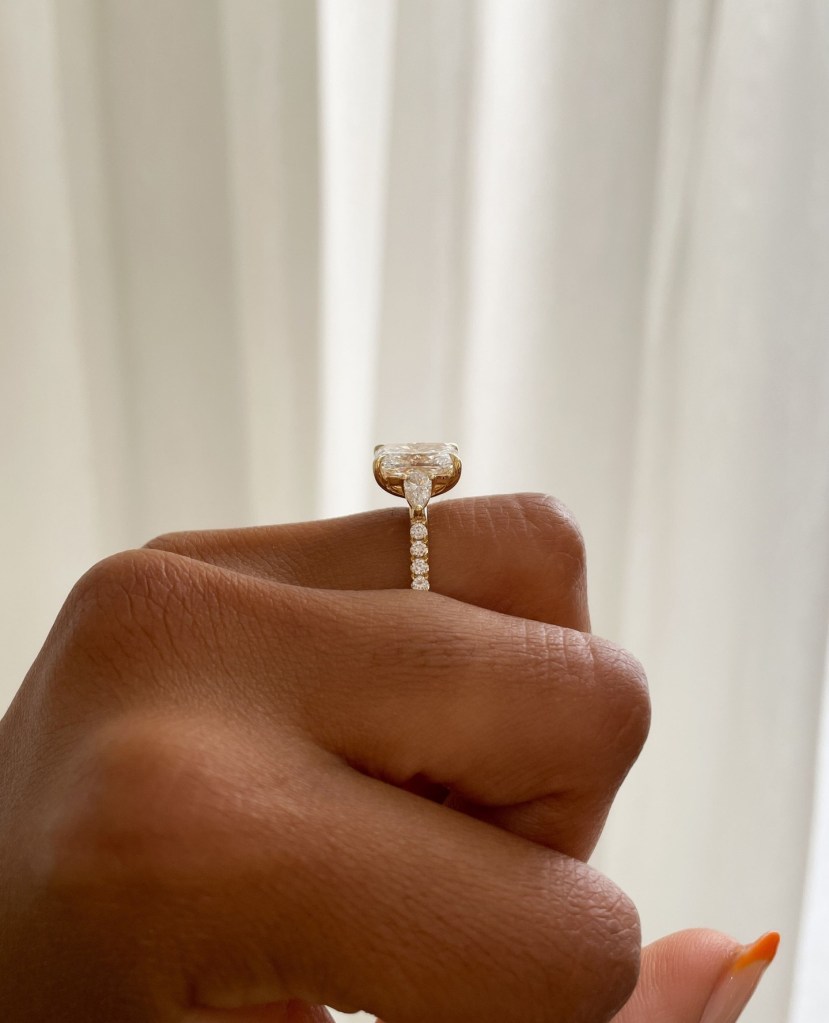
“The mined diamond market is going to continue to shrink. It’s an uphill battle when lab-growns have both ethics and price going for them. That’s always going to be difficult to compete with.
But it’s not for lack of trying. The Natural Diamond Council enlisted actress Lily James in late 2023 as its new ambassador, and shelled out on a new campaign called ‘Real. Rare. Responsible’ in April.
“Those are the three core values of natural diamonds, and those values resonate wherever you are in the world,” CEO David Kellie said on a podcast earlier this year. And the Council isn’t convinced lab-grown diamonds are all that sustainable, ether.
According to the Natural Diamond Council, more than 60% of lab-grown diamonds are produced by China and India, where 63% and 74% (respectively) of grid electricity results from coal.
“That is the vice of the lab-grown diamond industry,” Cullen says.
“There is a lot of energy used in their production And in Australia, electricity prices are quite high, so we buy from companies in India, predominantly. But a lot of lab-grown diamond factories have now got solar farms attached to them so they can grow the stones and remain carbon neutral.”
Cullen claims the company employs a mix of both carbon neutral and normal suppliers, and says it uses a third-party offsetting company to offset the carbon emitted in the manufacturing process.
But while the natural diamond market is in a trough, supply constraints could potentially lead to a rebound.
“We observe that large diamond producers, such as DeBeers, are reducing production volumes this year,” Datt says.
“It’s likely that a period of lower supply than demand is required to destock existing inventories before we see stronger prices in time. Over a 5 year period, we see stronger demand driven by greater affluence amongst Asian consumers albeit supply side production must be managed carefully to see stronger prices.”
Are you – or is someone you know -creating the next Afterpay or Canva? Nominations are open for Forbes Australia’s first 30 under 30 list. Entries close midnight, July 31, 2024.
Look back on the week that was with hand-picked articles from Australia and around the world. Sign up to the Forbes Australia newsletter here or become a member here.
